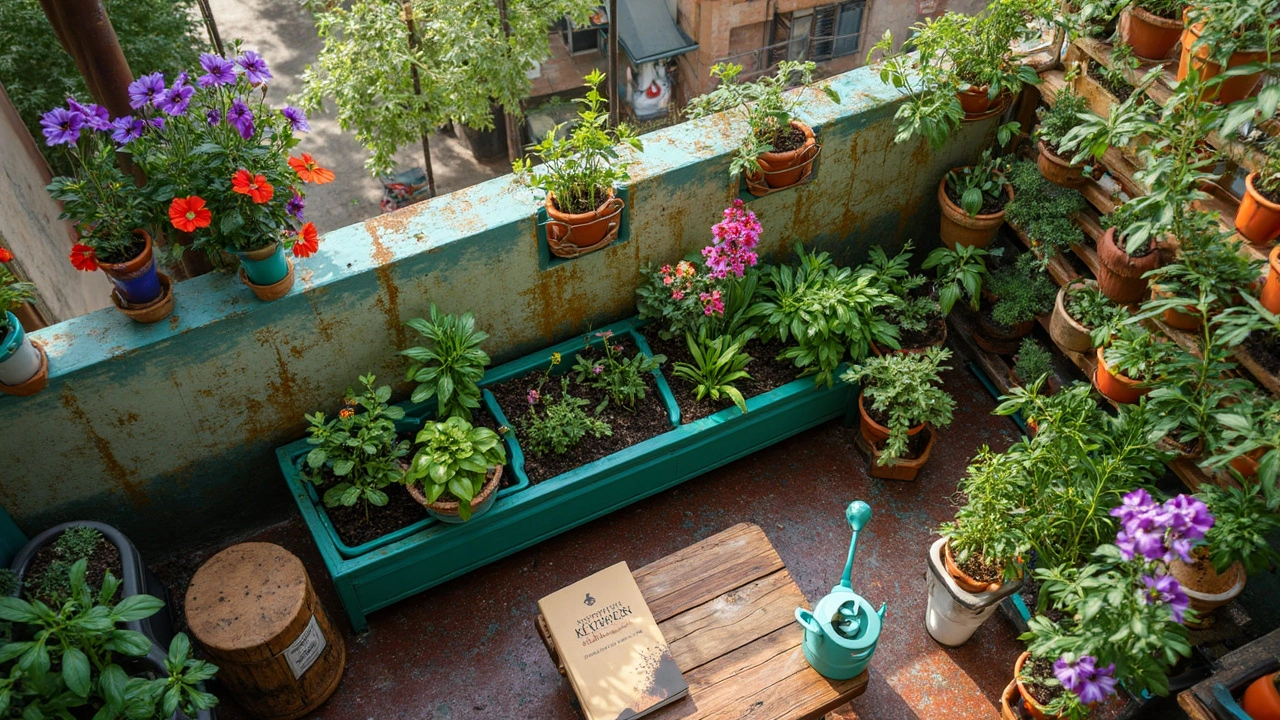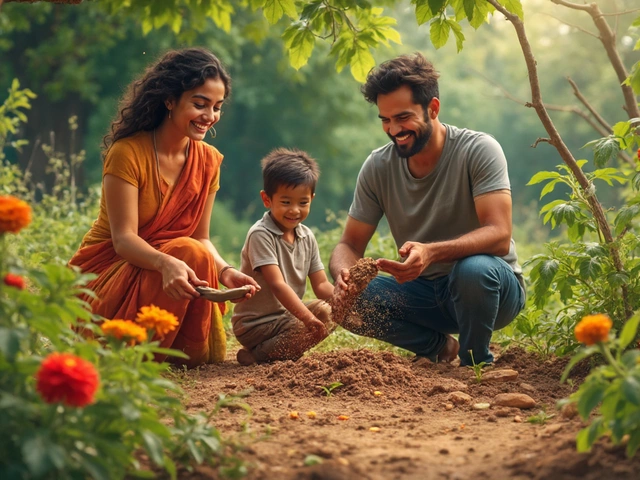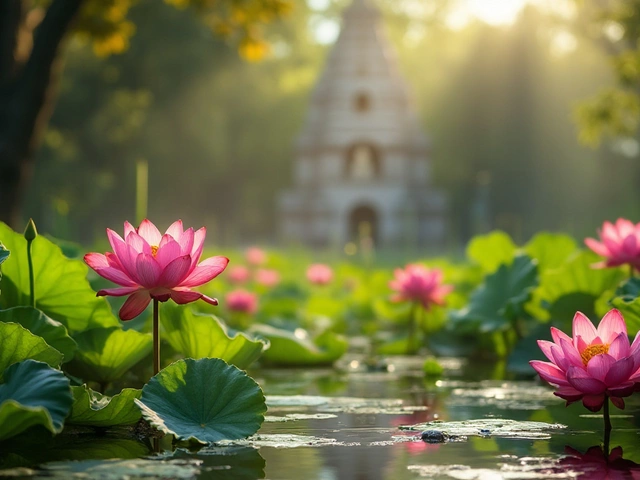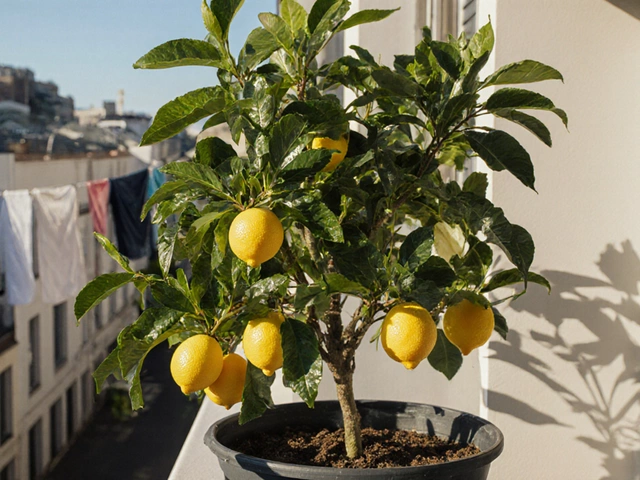Space Requirements for Your Garden: Practical Tips to Fit Plants Perfectly
Ever wondered why some plants look healthy while others look wilted? The secret is often simple – they’re either too close or too far apart. Knowing the right space for each plant helps you avoid competition for water, light, and nutrients, and saves you from endless re‑planting.
When you start a garden, write down the mature size of each plant. A tomato bush can spread 3‑4 feet, while a lettuce head needs just 8‑10 inches. Use these numbers as a guide, not a suggestion. Even small differences add up when you fill a 10‑ft × 10‑ft plot.
Understanding Plant Spacing Basics
Spacing isn’t only about width; depth matters too. Deep‑rooted veggies like carrots or onions need room to grow straight. A good rule of thumb is to double the seed‑spacing distance for the mature root depth. For example, if a carrot seed is placed 2 inches apart, give it about 4 inches of soil depth before you expect a healthy harvest.
Another quick tip: group plants with similar water needs together. If you plant a thirsty cucumber next to a drought‑tolerant rosemary, you’ll end up over‑watering the rosemary. Keep water‑heavy and water‑light plants in separate zones – it simplifies irrigation and keeps soil moisture balanced.
Smart Solutions for Small Spaces
Living in a city apartment? No problem. Vertical gardening lets you stack plants upward, turning a balcony wall into a thriving herb garden. Use hanging baskets, pocket planters, or a simple trellis for beans and peas. Each vertical layer adds about 1‑2 sq ft of growing area without expanding your floor footprint.
If you only have a 4‑ft × 8‑ft balcony, think of it like a puzzle. Start with tall, narrow plants (like dwarf tomatoes) in the back, then fill the middle with medium‑height herbs, and finish with low‑lying lettuce or radishes at the front. This layout maximizes sunlight exposure and makes harvesting easier.
Don’t forget container spacing. A 5‑gal pot can comfortably hold a single pepper plant, but two peppers will fight for nutrients. When you’re unsure, give each pot at least 12‑inches of clearance on all sides. This helps air circulate and reduces disease risk.
Finally, keep a notebook or a simple spreadsheet of what you plant, where, and how far apart. After a season, you’ll see patterns – maybe you need more space for squash or less for basil. Adjusting based on real results is the fastest way to improve your garden’s productivity.
Space requirements might sound technical, but treating them as a simple checklist turns a messy garden into a thriving oasis. Measure, plan, and enjoy the results – no more guessing, just growing.

How Much Space Do You Need for a Kitchen Garden?
Wondering if you have enough space for a kitchen garden? This article helps you understand the space you'll need by exploring various kitchen garden setups from small herb boxes to larger systems. We'll consider factors like plant types, garden styles, and placement, ensuring you're well-equipped to cultivate fresh produce right at home. With practical tips and space-saving techniques, this article is a must-read for any aspiring gardener with limited room.
About
Kitchen Gardening
Latest Posts


Cheapest Way to Amend Garden Soil: Simple Fixes That Actually Work
By Alden Thorne Jun 8, 2025

Exploring India's Sacred Lotus: A Symbol of Purity
By Alden Thorne Jan 19, 2025

The Reigning Queen of Indian Vegetables: Brinjal Unveiled
By Alden Thorne Nov 22, 2024
